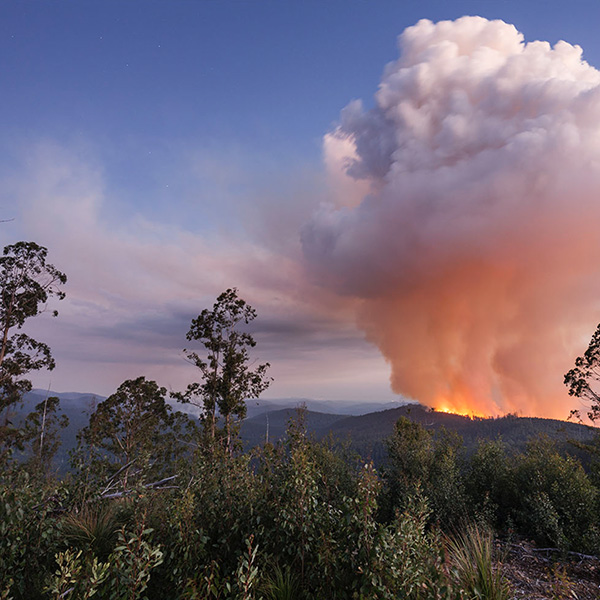Heavy emitters to be pulled into line:
Back in January this year, with the Federal Coalition dealing themselves out of negotiations, with the fossil fuel industries ramping up pressure that ‘we need to develop more gas’, and with conservative media outlets criticizing the Greens for calling for a ban new fossil fuel projects, all seemed vexed to say the least.
The Safeguard Mechanism aims to curb emissions from 215 of Australia’s biggest polluters. Canberra’s tightening of the Safeguard policy was crucial if Australia was to meet its emissions reduction target of 43% by 2030. On Monday 27 March 2023, negotiations were completed, and the Safeguard Mechanism Reforms were passed in the lower house in Canberra.
Let’s take a brief look at what the Reforms to the Safeguard Mechanism include:
- A hard-cap on emissions allowed by the top emitters
- Progressive reduction of emissions of 4.9% each year by the 215 heavy emitters
- Strong restrictions on any new gas or new coal developments (the Greens estimate it will cut the new fossil fuel pipeline by half).
NOTE: ‘Restrictions’ on new coal and new gas falls short of the main concession the Greens originally demanded from Labor – an outright ban. Adam Bandt has rightly pointed to the latest report by the Intergovernmental Panel on Climate Change, which makes it clear the world must stop opening coal and gas mines if it wants to avert the worst damage from climate change.
- Coal and gas not eligible to receive Public Funding under the ‘Powering the Regions’ federal fund ($170 Million)
- There is partial acknowledgement that offsets are problematic – there will be a freeze on ‘dodgy offsets’ and corporations will need to justify the use offsets for more than 30% of their baseline.
- Better measurement of methane
- Much more transparency on measurement and reporting of emissions overall
- In the case of the massive planned and controversial Beetaloo Basin fracking project in the Northern Territory, the parties have agreed that all new entrants in the Basin will have to have net zero scope 1 emissions from day one.
What is the media and NGO’s response?
The Australian Institute (TAI) says that while the reformed mechanism “still falls short” of the ban on new coal and gas that the science requires, “for the first time there will be a limit on gas and coal expansion in Australia.”
“The new hard cap on pollution will force hard choices about whether to use Australia’s new emissions budget on new coal and gas projects, or for refining critical minerals like lithium as the world moves towards a clean economy,” TAI says.
The Climate Council says it welcomes the “historic agreement” between Labor and the Greens, on what will be the first legislation in a decade that will regulate climate pollution. “The Safeguard Mechanism is just one weapon in the war to drive down Australia’s emissions. We need to throw the whole arsenal at tackling harmful climate change,” Dr Jennifer Rayner says.
ACF was positive and said “the strengthened mechanism is a critical start, but not the final word, on real climate action”. ACF thanked every parliamentarian who worked to improve the scheme. “With these improvements Australia’s biggest domestic polluters will come under greater scrutiny and regulation, but there is a long way to go to break Australia’s reliance on coal and gas. A mechanism that curbs the emissions of Australia’s biggest polluters is just one of many policy changes Australia needs to get serious about tackling the climate crisis”.
“The safeguard mechanism only covers domestic emissions – most of the pollution from Australian fossil fuels comes when exported coal and gas is burnt overseas. The pollution we export through coal and gas is twice what we produce at home. Attention should now turn to replacing our coal and gas exports with clean exports. Solid research shows it can be done – and can be an economic boon”.
April 26th, 7.30-9.00pm – Is the Safeguard Mechanism safeguarding us?
PM Albanese successfully negotiated with the crossbench to get this flagship climate policy through Parliament. Was it worth the effort? What will this policy achieve and where does it fall short? How will the “hard cap” work in practice? What coal or gas projects will be prevented?
It’s early days but if anyone can answer these questions our speakers can. Hear from these experts:
- Dr Jennifer Rayner, Climate Council’s Head of Advocacy
- Leigh Ewbank, Climate Action Network Australia Senior Climate Outreach Manager
Book now to reserve your spot!
More information
- Lighter Footprints backgrounder on heavy emitters and the Safeguard Mechanism – two minute read
- Climate Council – Safeguard Mechanism Decision Explainer
- Paul Karp, Guardian on the absolute cap negotiations
- Climate Council – The Dirty Dozen – information on our heaviest emitters
- Professor Macintosh’s analysis on the lack of integrity in Australia’s carbon offsets: summary and presentation video.
Professor Macintosh is the Director of Research at The Australian National University Law School. He was Chair of the Australian Government’s Domestic Offsets Integrity Committee and Emissions Reduction Assurance Committee between 2013-2020, and his evidence prompted the Chubb Review. - Climate Council’s briefing paper on the Safeguard Mechanism: summary here

